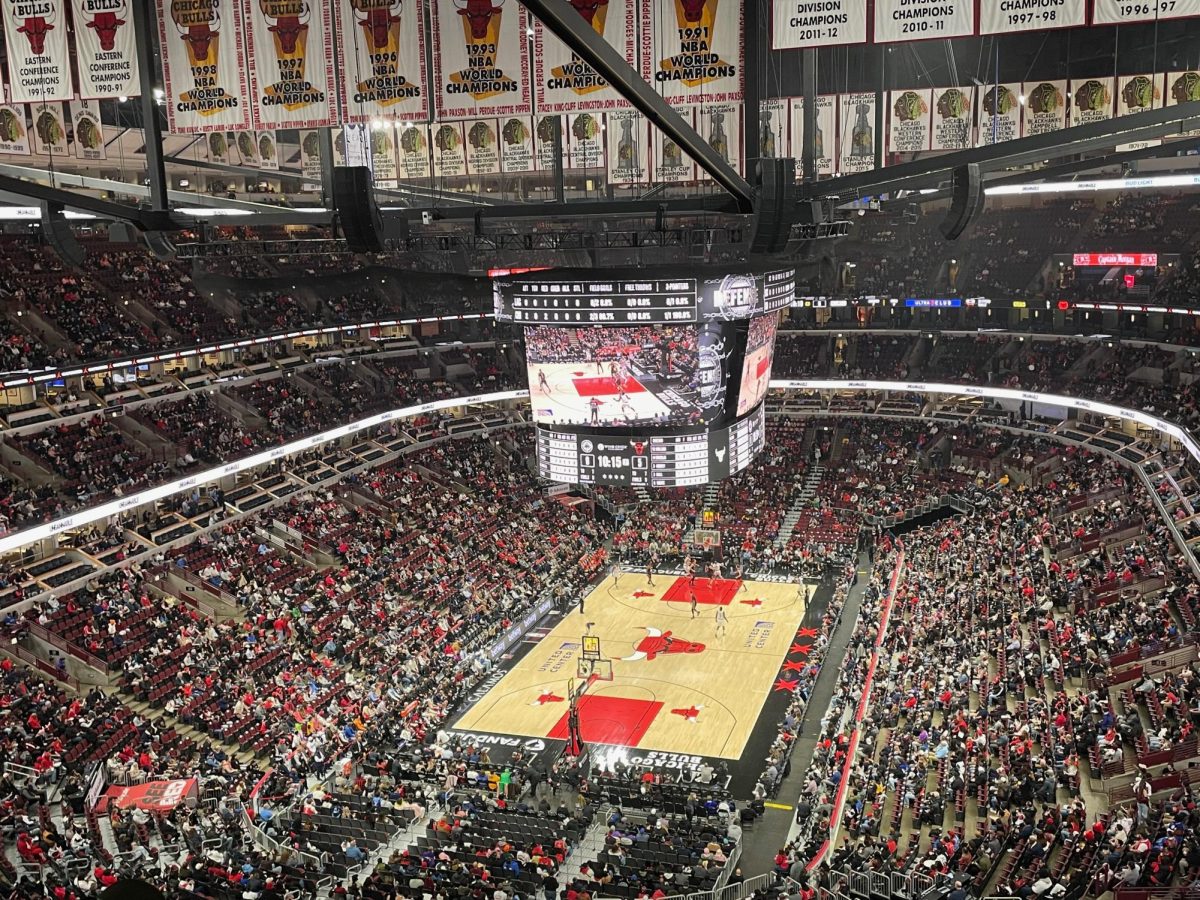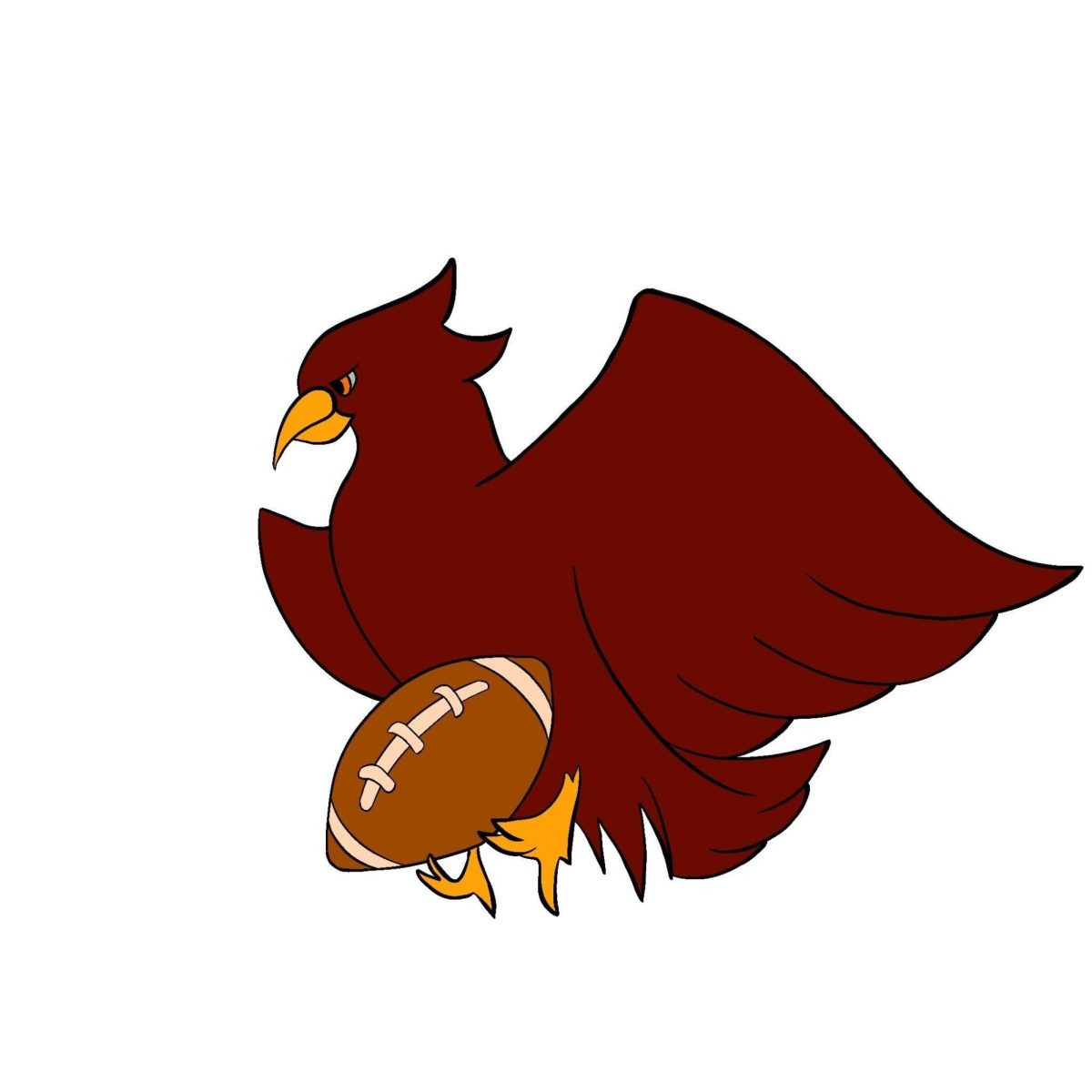Boston Red Sox GM Theo Epstein says it is the first thing he reads every morning. Since its inception in 1996, Baseball Prospectus has helped revolutionize the way teams approach the sport, with its innovative statistical projections and analysis as well as its yearly pre-season almanac. Currently serving as its Executive Vice President, Nate Silver (A.B. ’00) has been with Baseball Prospectus since 2003, after a brief spell at the consulting firm KPMG. The Maroon spoke with Nate recently about his work with Baseball Prospectus, his Little League career, and the hapless Cubs.
Chicago Maroon: How did you first get involved with Baseball Prospectus?
Nate Silver: Well, the basic story is that I came out of U of C—I graduated in 2000—and I had a standard consulting job. I was pretty bored at that job, and I started working on the projection system, which is called PECOTA [Player Empirical Comparison and Optimization Test Algorithm] because it looked like it was client work. It was a lot of fancy spreadsheets and a lot of fancy stats like we used to do for clients anyway. And so, it looked like I was doing real work when in fact I was developing this system to kind of get out of consulting and work full time in baseball instead.
I sold it to Gary Huckabay, who was the founder of Baseball Prospectus and ran the company at the time. He and I had known each other through correspondence over the years, and fortunately they were looking for a projection system, and he liked PECOTA, and I just kinda grew with the company from there.
CM: So you developed PECOTA on your own?
NS: Yeah, I developed it… It was actually kind of out of frustration [for] how static the [existing] projection systems were. It had been a fascinating question for a long time to find comparable players in a more intelligent way and use those to project how those guys are gonna do, as well as find different probabilities and stuff like that, find breakout players. I decided that if no one else was gonna do it for me then I had to do it myself, so it was kinda boredom plus curiosity, I think, that led me to do it.
CM: How satisfied are you with PECOTA? Is it all done or are you constantly fine-tuning it?
NS: No, I’m pretty obsessed with it. I mean it’s different each part of the year…but certainly from when I start working on the system in November to when the last versions go out over the winter, then yeah, I’m working on it a lot. If something seems like it could be about 0.1-percent better then I’ll put in the extra time to make that work. It’s kind of 98 percent there, but I’ve been kind of intellectually fascinated with the last two percent.
CM: What type of baseball career did you have as a player?
NS: I didn’t have much of a career. I actually, I uh…I think the last year I played baseball was eighth grade, and I would just take a lot of pitches and get on constantly, so I think I had like an .833 on-base percentage and like a .250 batting average…so I’m not a tremendous athlete. I was a decent soccer player, average baseball player. But yeah, I came at [baseball] from more of an intellectual perspective, for the most part.
CM: Did you come to Hyde Park with a big interest in stats or did that stem from the classes or faculty that you had?
NS: Well, my background is economics. I took, I think, one or two stat courses. My point of view is more economic than a rigorous math point of view. I kind of figure the math stuff out. I’m very…self-taught as far as stat and stuff comes. It’s more like, “Here’s how I think it should work,” and then four times out of five or nine times out of ten my intuition is correct. You kinda labor your way through it until you figure out the tools to make it work…. I also think people with really good intuitions are more rare than people with just the tools in hand.
CM: Tufts has begun offering a class called “Sabermetrics 101: The Objective Analysis of Baseball.” Is there anyone on our current faculty, or who was there when you were a student, whom you think might be a good choice to teach a class like that here?
NS: Allen Sanderson…has a course on sports economics, but even [Steven] Levitt, the Freakonomics guy, does some stuff in baseball and stuff like that in some of his research, so it wouldn’t shock me if he’s teaching a class on baseball, or baseball and poker in a couple of years.
CM: Do you still have close ties to the U of C community?
NS: I’ve got a couple friends down in Hyde Park so I’m down there now and then. We did do, actually, an alumni event with the White Sox a couple of years ago [in July 2005] and that was kind of fun, and I think we’re gonna do that again.
We had a couple of Sox people talking about their side of things, and we talked about our side of things, and it was a lot fun. It was great too, because when we have pure Baseball Prospectus events…everyone’s a male between age 20 and age 45, basically, but at this U of C event we really had the whole demographics of the school, where you have a lot more women, a lot more people of different age ranges with their kids in tow, and stuff like that. Some of them might not be baseball freaks and just want to say “hey,” you know, meet a U of C guy who’s doing something interesting. There’s something different about it that’s kind of gratifying—that you’re able to make this stuff hopefully resonate a little bit with a larger segment of people.
CM: Bloggers and baseball statisticians alike are often dismissed as “nerds” and “geeks” who operate out of “their mom’s basement.” How did your time at the U of C prepare you for that label?
NS: I never particularly cared. I mean, I think…I am a dork in some ways, and in some ways I’m not a dork at all. I’m not really that concerned about it. Besides, people like bloggers and stuff are kinda taking over the world anyway, so it’s something you have to live with.
CM: Do you feel that the rift between the old guard of baseball—the scouts, etc.—and the newer class of stat-oriented analysts is overblown?
NS: Yeah, I think it’s quite overblown, in fact. I think Moneyball, the Michael Lewis book, although it was a good read and did a lot for our sales as far as helping to get us on the map, I think it created more of a perception of the rift than there really is….
You look at a team like the White Sox—and we talk to teams like the White Sox when we’re writing our book—and they’re for the most part a scouting-based organization, but they know what they’re doing as far as stats go, too. Or a team like the Tigers, who were in the world series last year, you know, they really know both sides of that coin very well.
There are very few teams who are utterly stubborn about just doing things a certain way. Even the Braves or something, they have their stats. They know the difference between, like, on-base percentage and batting average; they know all that stuff, you know, they know things like how to manage a bullpen.
CM: What type of relationship do you have with Major League teams?
NS: In general, I think they’re happy to talk to us…. We’re really interested in the way the game works; we just want to understand the game better. We know their players and we know a whole lot about their minor league farm system and we know a lot about how their predecessor did and we know about all the trades they made, so I think they’re happy to just talk shop with us, rather than somebody who’s just trying to get quotes for a newspaper somewhere.
There are one or two exceptions, but really just one or two. I think probably of the 30 Major League teams, probably 28 or 29 are friendly with Baseball Prospectus and will take our calls and give us inside information.
CM: Which teams aren’t friendly?
NS: Um, I don’t want to mention…it’s always changing. What happens is you’ll have a contact, you’ll have one guy on a team, and he moves somewhere else. I think the Rockies are maybe one team that we’ve had some trouble talking to, and lo and behold, they lose every year.
CM: You mentioned teams don’t mind talking to you. Do they ever come to you asking for advice, and do you oblige them?
NS: Yeah, usually I oblige them. We get a fair number of requests, especially during the kind of PECOTA time of year, for early PECOTAs and more in-depth versions. I have, on occasion, done some paid consulting work…. It’s important, too, just to have a dialogue with teams. I think we have something like 90 Major League executives who receive Baseball Prospectus, so almost three people per front office are reading us every day.
CM: Cubs or White Sox?
NS: Good question. I kinda go back and forth. I mean, I did live on the South Side for four years, and I live on the North Side now, so I have some natural allegiance to both clubs. Deep down I think the Cubs have always kind of bothered me. I mean, they’re the Cubs and they’re—it’s hard to watch a team make bad decision after bad decision. It’s hard to watch Mark Prior break down. So with the Cubs it’s more of a love-hate thing, whereas with the White Sox, I’ve always felt that Comiskey Park was kind of underrated, but there’s not the same passion there. So I like the White Sox, I love the Cubs, and I hate the Cubs, if that makes any sense.
CM: If you could make one move right now to turn both teams around, what would it be?
NS: The White Sox I think need to get some of the Cubs’ offensive talent. Having a player, like maybe Matt Murton, who’s kinda buried on the North Side, you know, send him down to the South Side in exchange for a couple of pitchers or something, you get him in a situation where he’d help the Sox offense a lot and would give the Cubs good pitching, too.
CM: Based on your projections, are there any players in Major League Baseball right now who are less valuable than Ugueth Urbina?
NS: [laughs]… Yeah, Darren Erstad is pretty close, I think. It’s hard to be less valuable, and he does play good defense, but if his batting average drops any worse it could be a close call.
—Tim Murphy







